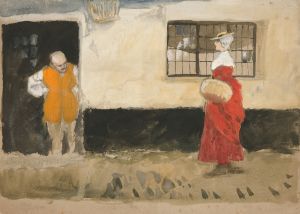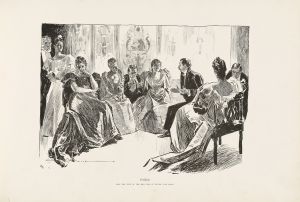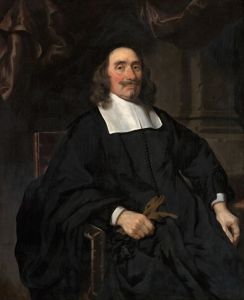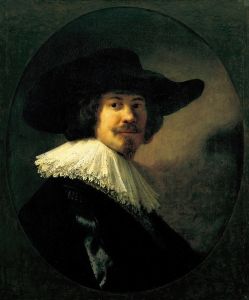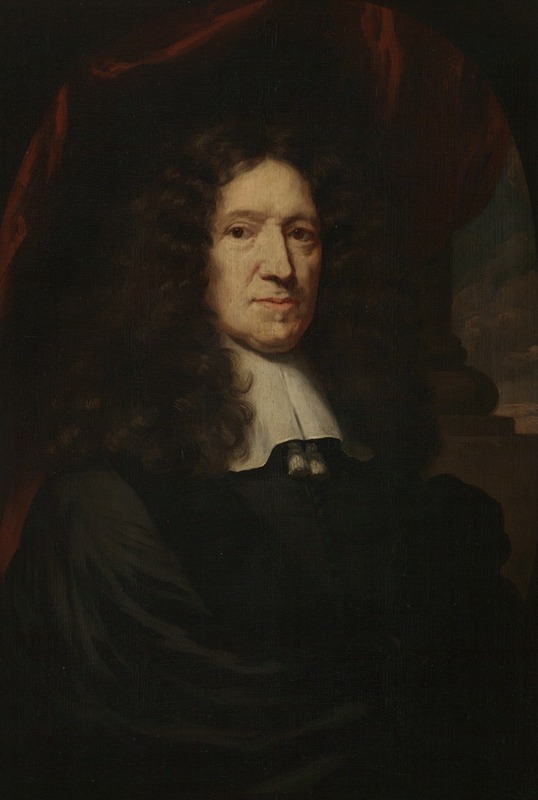
Portrait of a Man
A hand-painted replica of Nicolaes Maes’s masterpiece Portrait of a Man, meticulously crafted by professional artists to capture the true essence of the original. Each piece is created with museum-quality canvas and rare mineral pigments, carefully painted by experienced artists with delicate brushstrokes and rich, layered colors to perfectly recreate the texture of the original artwork. Unlike machine-printed reproductions, this hand-painted version brings the painting to life, infused with the artist’s emotions and skill in every stroke. Whether for personal collection or home decoration, it instantly elevates the artistic atmosphere of any space.
Nicolaes Maes was a prominent Dutch painter of the 17th century, known for his portraits and genre scenes. Born in 1634 in Dordrecht, Maes was initially a student of Rembrandt in Amsterdam, which significantly influenced his early work. Over time, he developed his own distinctive style, particularly in portraiture, which became his primary focus later in his career.
"Portrait of a Man" is one of Maes's works that exemplifies his skill in capturing the character and presence of his sitters. While specific details about this particular painting, such as the identity of the sitter or the exact date of its creation, are not well-documented, it is consistent with Maes's work from the latter part of his career when he concentrated on portraiture.
Maes's portraits are noted for their psychological depth and attention to detail. He had a remarkable ability to convey the personality and status of his subjects through subtle expressions and carefully rendered clothing and accessories. This attention to detail is evident in "Portrait of a Man," where Maes likely employed his typical techniques to highlight the sitter's features and attire, providing insight into the fashion and social norms of the time.
The composition of Maes's portraits often includes a neutral background, which serves to focus attention on the sitter. This approach allows the viewer to engage directly with the subject, emphasizing the individual's presence and character. Maes's use of light and shadow, a technique he honed under Rembrandt's tutelage, adds a three-dimensional quality to his portraits, enhancing their realism and depth.
Throughout his career, Maes received numerous commissions from wealthy patrons, reflecting his reputation as a leading portraitist of his time. His ability to capture the likeness and essence of his subjects made his portraits highly sought after. "Portrait of a Man" would have been part of this tradition, serving as a testament to the sitter's social standing and personal identity.
Nicolaes Maes's work, including "Portrait of a Man," is held in high regard for its contribution to Dutch Golden Age painting. His portraits are appreciated not only for their technical proficiency but also for their ability to convey the humanity of their subjects. Today, Maes's paintings can be found in major museums and collections worldwide, where they continue to be studied and admired for their artistic and historical significance.
In summary, while specific details about "Portrait of a Man" are limited, the painting is representative of Nicolaes Maes's mature style in portraiture, characterized by its attention to detail, psychological insight, and mastery of light and shadow.





